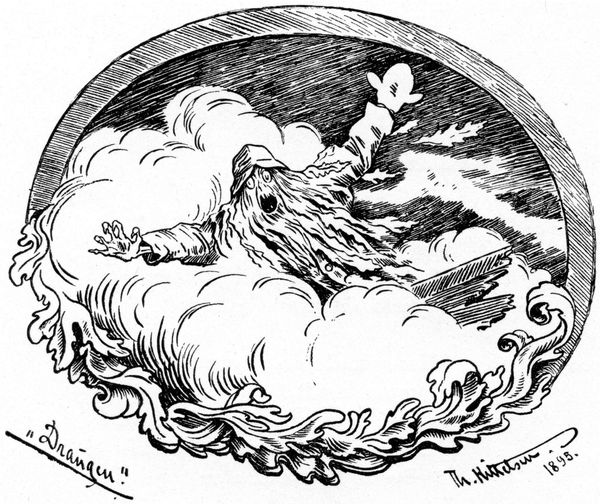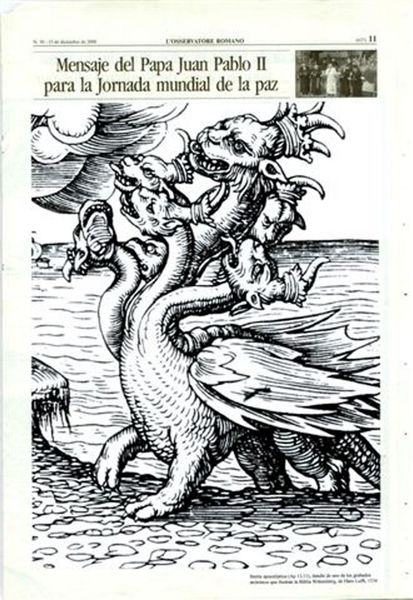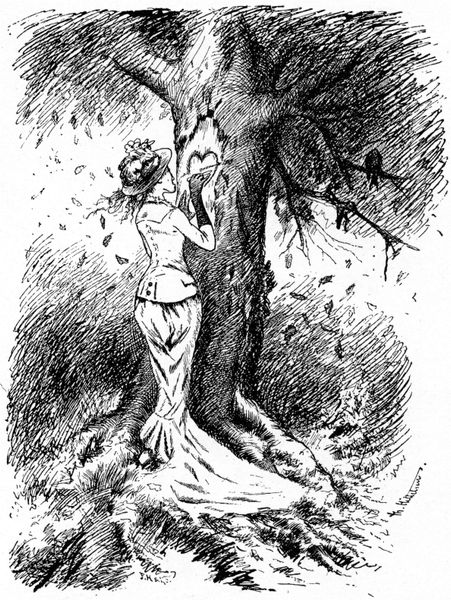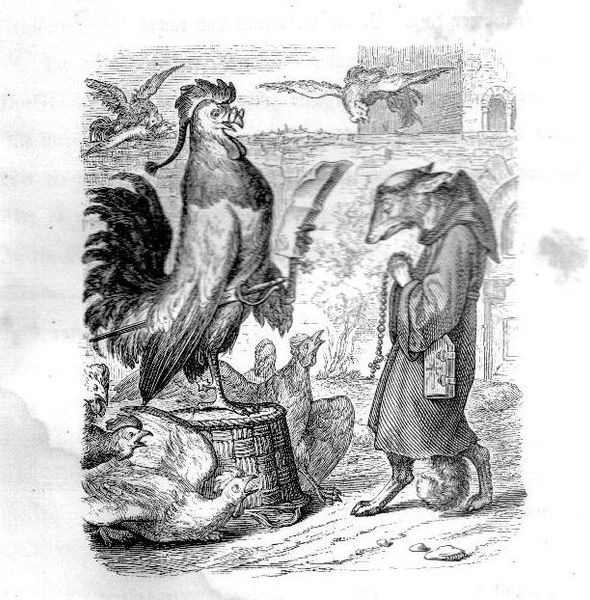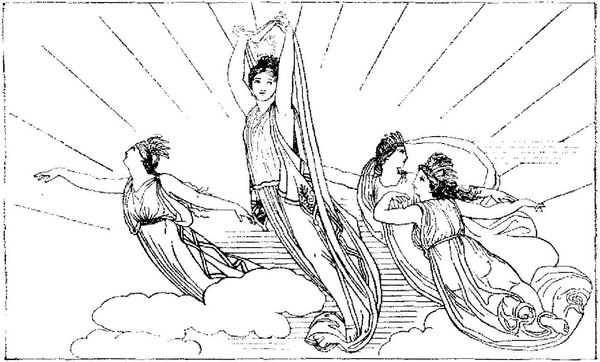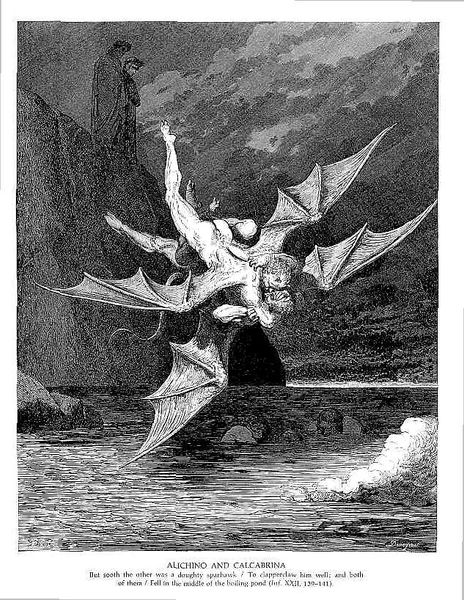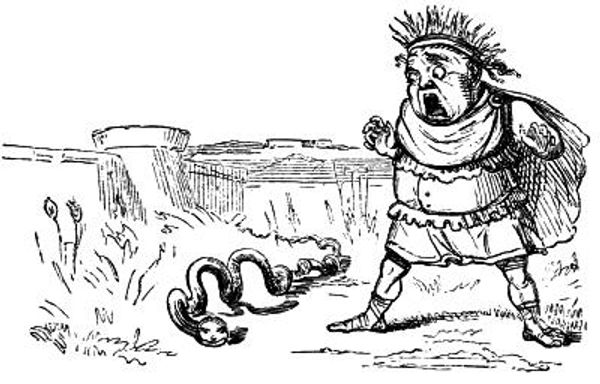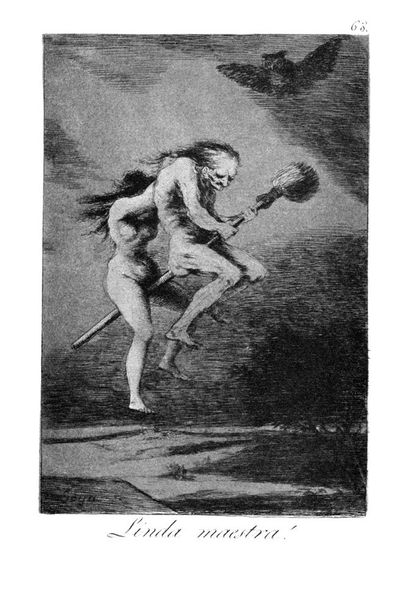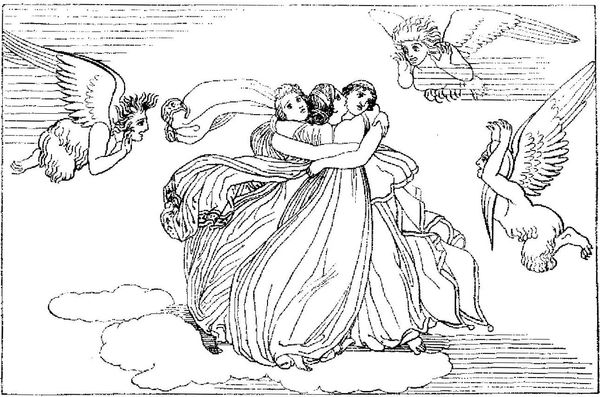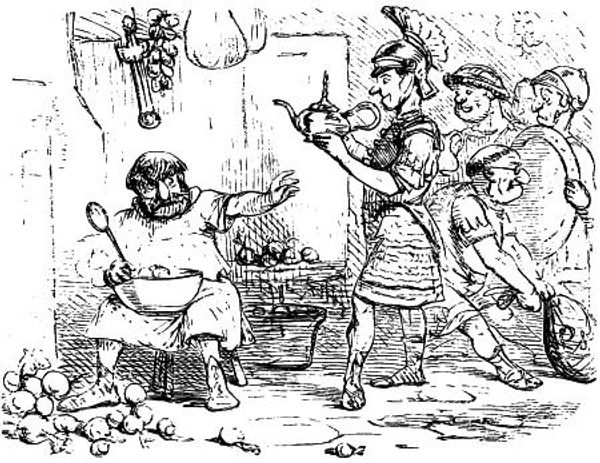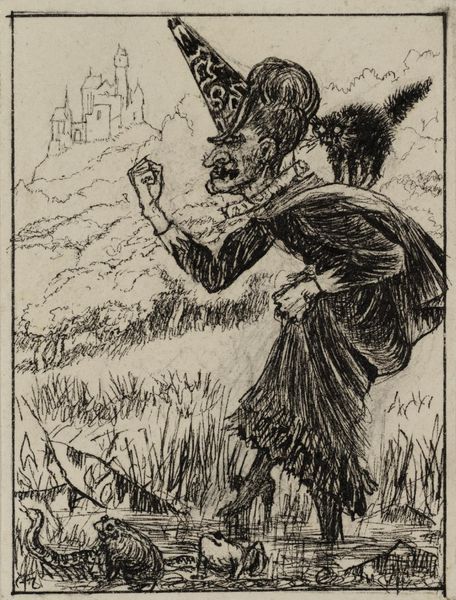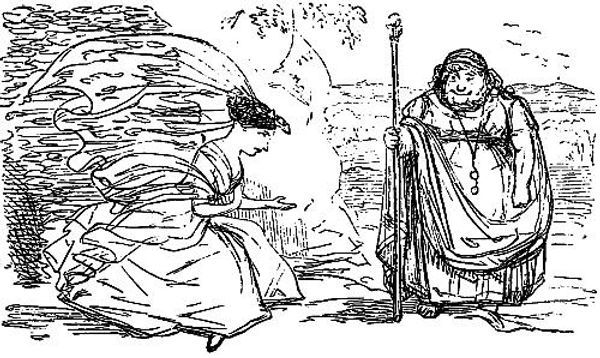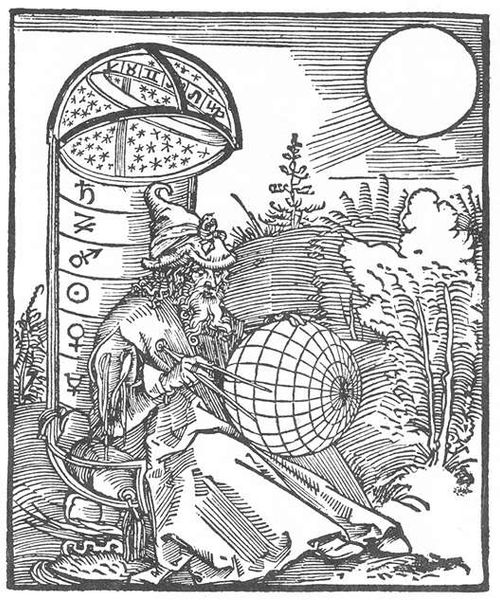
drawing, ink, pen
#
drawing
#
landscape
#
classical-realism
#
figuration
#
ink
#
pen
#
history-painting
Copyright: Public domain
Curator: Let's examine this pen and ink drawing, "Romulus Consulting the Augury" by John Leech. I'm immediately struck by the way Leech uses stark contrasts of black ink to create a dynamic scene. The swirling lines really capture the windy atmosphere, don’t you think? Editor: It definitely has an energy to it. But to me, what's most noticeable is how this piece plays with classical iconography. The prominent eagles signify power and divination, reflecting the ancient Roman practice of augury. It speaks to a cultural yearning to understand the future. Curator: The eagles are undoubtedly central to the narrative. John Leech captured them and other fowl in such a fashion to remind us of fate and authority. Augury was the way leaders could confirm they had the blessing of the gods to make their choices. The way Leech stages it, so dominated by the winds and clouds as material reality suggests we never know for sure whether to follow what we perceive or just simply wait and observe. Editor: It’s interesting how he uses simple materials to depict this. A basic pen and ink drawing to illustrate a grand historical moment. And consider the intended audience: this would have likely appeared in a widely circulated publication, making classical ideals accessible to the masses through a relatively low-cost means of production. Curator: Precisely. Leech reduces the lofty themes of founding and divine will into something relatable. Romulus, even as he interprets the augury, looks rather disheveled and vulnerable in his wind-swept tunic and haphazard hair, he's no grand, unattainable hero but very very human. Editor: And even more fundamentally about landscape. The location, 'collis aventinus' signifies a critical geography tied directly to place of claiming of political rights by its symbolic reference to Romulus standing, quite literally on territory, but one that seems very barren in how it’s produced. Curator: The stark landscape echoes that ambiguity of fortune: Is this fertile ground or a wasteland for Romulus’ grand plan? A bit bleak, even for a city's beginning. Editor: And what becomes even more apparent through considering its materiality, as the simple form belies complexity in social role – bringing ideas of the past into modern production! So in a nutshell we examine art's story with diverse and profound lenses of social import.
Comments
No comments
Be the first to comment and join the conversation on the ultimate creative platform.
